365 DAILY NEWSLETTER
KEI CARS
The cutest Japanese cars you’ve ever seen
In the 365 Oldtimer Museum, the great autumn thematic change has taken place, as a result of which a significant part of the exhibition is dominated by fantastic Japanese sports cars! At the same time, during every temporary exhibition, there is a photo car in which the kind visitors can sit. During the Japanese theme, this car is the Nissan Figaro, which is undoubtedly one of the cutest cars in the world. However, the topic of today’s newsletter is not the Figaro, but only the topic of cute cars, as it will be about the so-called „kei cars”. But what exactly does this term mean?
A kei car is the smallest category of legal motor vehicle on Japanese highways. „Kei” is short for kei-jidōsha, „light car” or „compact car”. Owners pay lower taxes and insurance premiums, resulting in lower maintenance costs. Interestingly, Japanese car manufacturers also produce micro vans (e.g. Mitsubishi Minicab fifth generation) and kei trucks (Nissan Clipper, based on the Mitsubishi Minicab) in this legal category.
The history of the kei car dates back to the post-World War II period, when there was no demand for luxury cars in countries in ruins, but there was demand for cheap mobility. The three-wheeled Messerschmitt (at the time of publication of our article, you can also view it here), the Isetta, the Fuldamobil, but also Hungarian midget cars like the Alba Regia and the Balaton are the birthplace of this era. The ancestors of the kei car also started to be developed at this time.
The kei car category was created by the Japanese government in 1949 to encourage people to buy cars and thus ensure the development of the automotive industry. Since October 1998, the law has strictly defined the parameters of kei car vehicles. It can be 3.4 m long, 1.48 m wide and 2 m high. The engine displacement is capped at 660 cc and the car manufacturers have entered into a gentlemen’s agreement, under which no kei car produced can officially exceed 64 hp. This agreement was made to prevent horsepower competition, to remain true to the modest spirit of the kei class and to lower taxes on small vehicles, which are just sufficient to meet basic transport needs. In the ’90s, an unofficial gentlemen’s agreement was also signed for Japanese sports cars, although this was not respected, unlike the kei car agreement.
The kei car category has been very popular in Japan since the 1960s, with a record 40% market share in 2013. To reduce the market share, the Japanese government raised taxes on the category by 50% in 2014, but even so, 7 kei cars were among the top 10 best-selling models in 2018.
There are also sports kei cars due to the demand for small-sized, but high-performance cars. These cars are popular to this day due to the driving pleasure and special design. A great example is the gull-winged Mazda AZ-1, a photo of which can be found in the gallery of this article.
Almost all kei cars are designed and built in Japan, but interestingly, the Polish Polski Fiat 126p (Maluch) was officially classified as a kei car.
Kei cars have yellow number plates (yellow with black numbers for private use and yellow with black numbers for commercial use).
Modern kei cars are often available with turbocharged engines, automatic and continuously variable transmissions, and front- or all-wheel drive. After the 1980s, kei cars became so advanced in performance, speed and passive (crash) safety that they were no longer forced to a lower maximum speed than other cars. Japanese car manufacturers have since agreed on a voluntary maximum speed of 140 km/h, mainly because of the narrowness of the cars.
The most famous kei cars: Mazda R360, Honda Beat, Honda S660, Caterham Seven 160, Autozam AZ-1, Daihatsu Copen, Subaru 360, Suzuki Jimny LJ10, Suzuki Fronte Coupe, Suzuki Cappuccino.
If you would like to learn more about the history of Japanese cars and take a closer look at some of our most sporty cars, you are welcome to visit us every day of the week at 365 Oldtimer Museum, located on the first floor of Buda Entertainment&Gastro shopping centre, 38-44 Bécsi út, Budapest.
Subscribe to our newsletter
Provide your e-mail address and click the button below to receive special deals and premium offers




